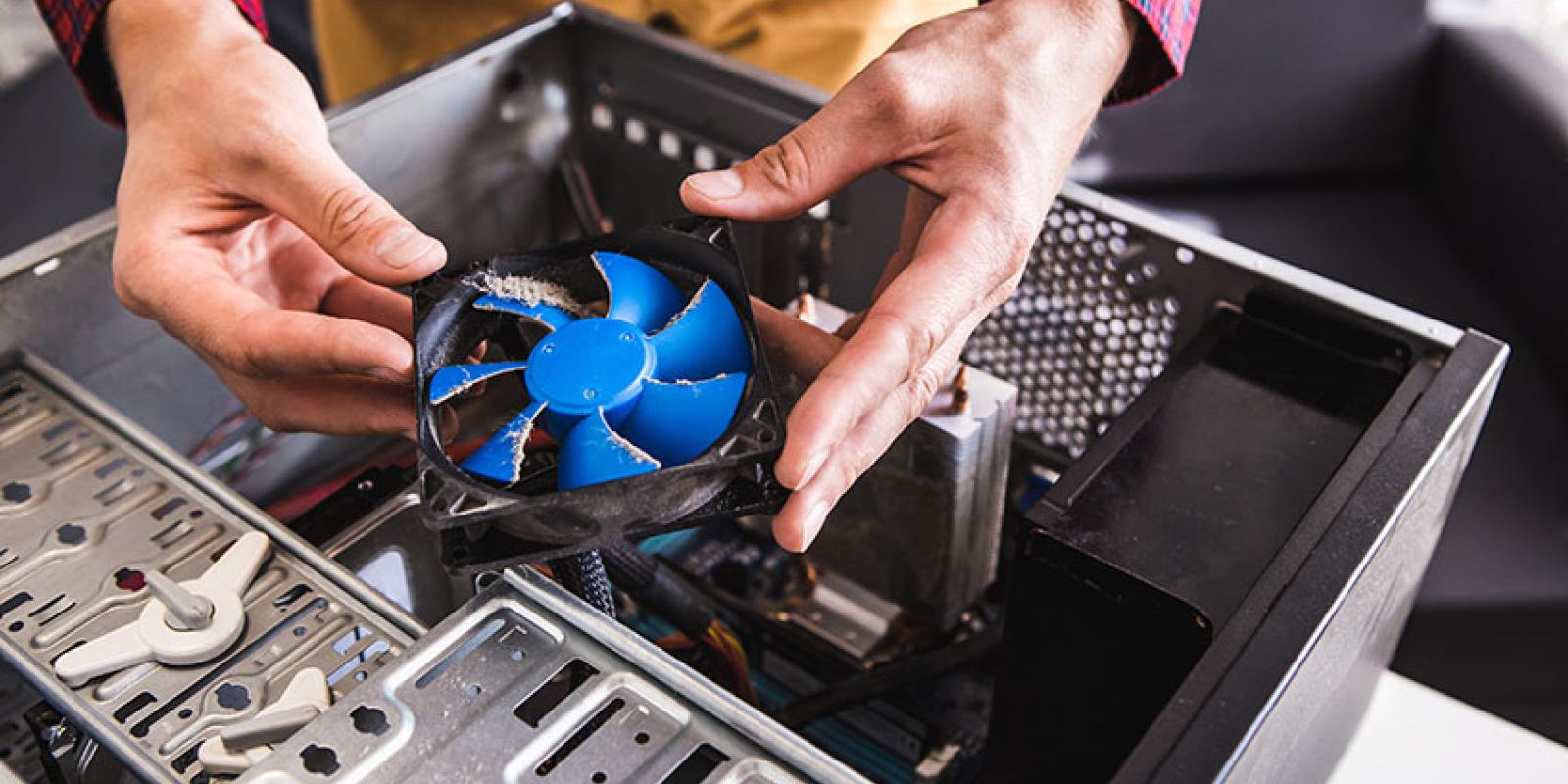Heat Proofing Your Hardware

Heat Proofing Your Hardware
Are your computers slowing down when it gets hot outside? Conditions such as heat, cold, dust and humidity affect computer performance and can cause extreme variabilities and may even cause the computer to shut down all together. Given that many Camis clients house their computer equipment in seasonal buildings, which have minimal climate control or none, we thought it would be beneficial to provide some tips on how you can minimize the impact of hot weather and maximize performance.
What Is Ideal?
Most computers are designed to perform at their best when internal temperatures are around 72°F but can function well when temperatures are between 68°F to 75°F (20°C to 24°C).
Everything Slows Down When It Gets Hot
One of the biggest influencers on computer performance is external and internal temperature. Heat being the greatest enemy. Too much heat lowers the electrical resistance of your equipment, triggering built-in safety sensors in the mother board which instruct your computer to slow down. While this can be frustrating, its function is to protect the equipment and is your early warning sign that your system needs to cool down.
Five Tips to Manage the Impact of Heat & Humidity on Your Computer:
1. Get air circulating with fans
Your computer will already have a fan built in which is intended to meet the cooling needs of your system under normal conditions. When hot humid weather hits, it may not be enough, an external portable fan can make a big difference. You can also consider adding a more powerful or additional fan within the computer casing, this depends on the configuration of your hardware.
2. Remove dust
Most IT professionals will agree that the number one culprit for over heating is dust! Dust is a big factor when it comes to air flow for your hardware, especially when your computer is exposed to the outdoors; something which many of our customer face. Dust clogs the air intake vents and can be worsened with humid air which promotes further build up. Using a canister of pressurized air to clear away dust will certainly contribute to system performance and longevity. This should be done frequently and is an easy maintenance task with huge benefits!
3. Give your system space
It’s not uncommon to see a computer system surrounded by a collection of items. Your computer needs space around it to allow for air to flow in and out of the vents. Keep at least 6 inches of space cleared around your computer and even more if possible.
4. Use air conditioning and dehumidifiers
Air conditioning can be an excellent way to keep your computer equipment from overheating. When humidity is high air conditioning can also present a problem. Warm humid air when in contact with cold air condenses, causing water droplets to form. This can occur inside your computer equipment and may erode and short out equipment. For best performance relative humidity levels should be kept between 45% and 55% and good air circulation will help prevent humid air form condensing.
5. Reduce exposure to the Sun
Sunlight can wash the colors out of polymers and even weaken their strength over time, long term consistent high heats in excess of 95°F (32°C) can cause failure. Try to keep sun exposure to a minimum or entirely indirect.
Resources:
Recommended Data Center Temperature & Humidity. AVTECH. (2017, June 15). https://avtech.com/articles/3647/recommended-data-center-temperature-humidity/.
Smathers, M. O. (2016, October 26). How Does Temperature Affect The Performance of Computer Components? Small Business - Chron.com. https://smallbusiness.chron.com/temperature-affect-performance-computer-components-28197.html.
Posey, B. (2011, June 22). 10 ways to keep PCs cool this summer. TechRepublic. https://www.techrepublic.com/blog/10-things/10-ways-to-keep-pcs-cool-this-summer/.